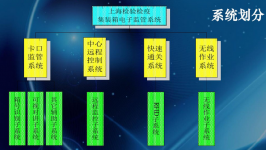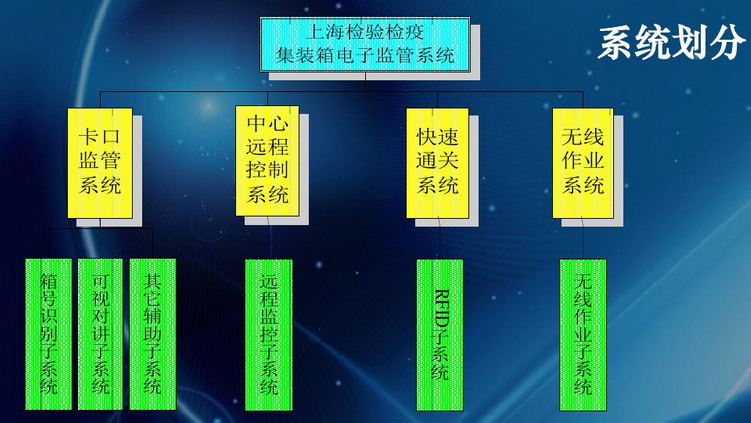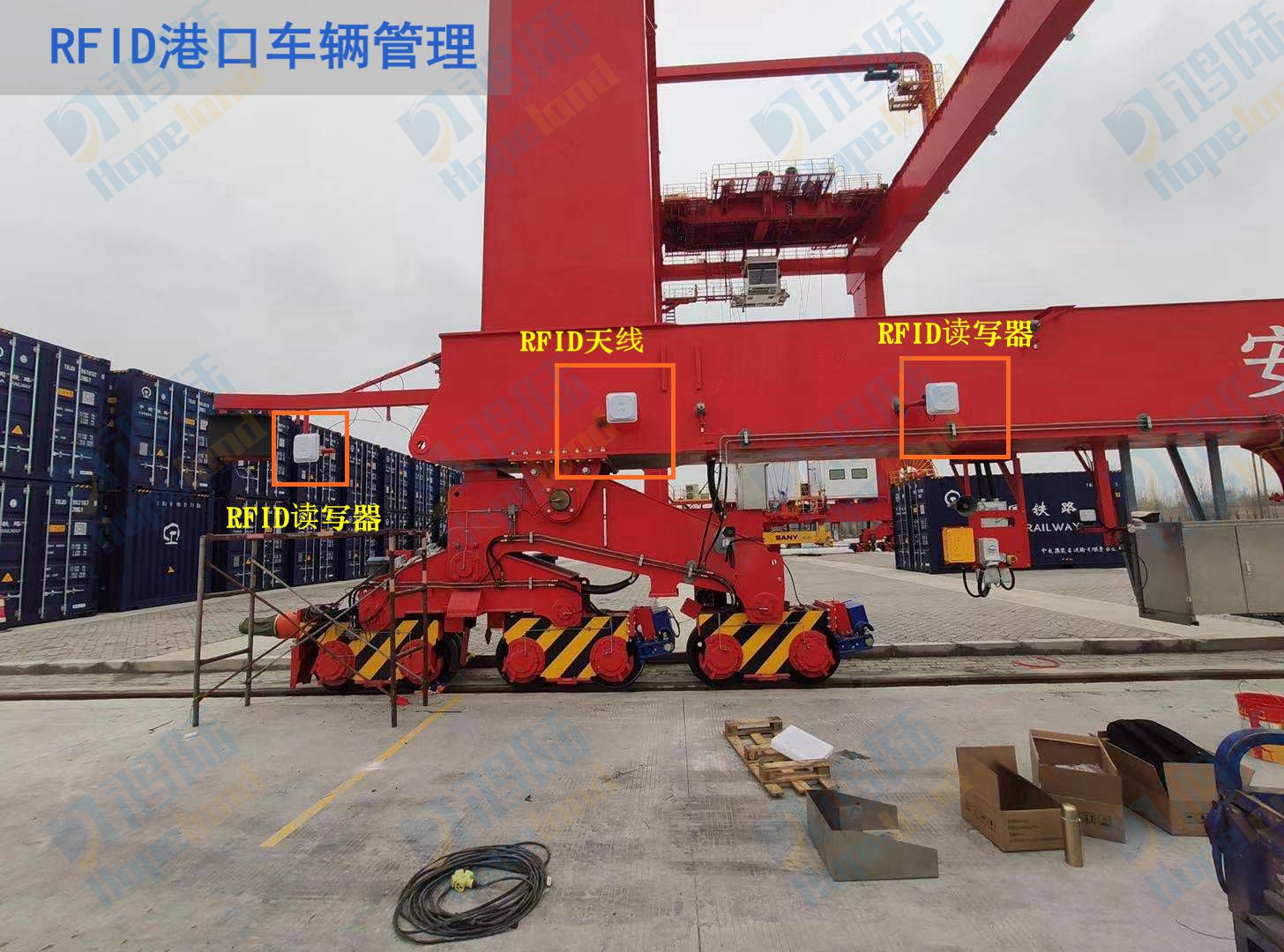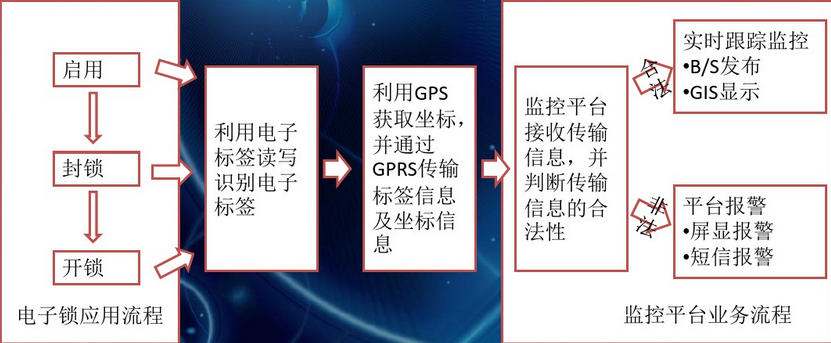
About those applications of RFID technology in port supervision
[ad_1]
In recent years, the General Administration of Quality Supervision, Inspection and Quarantine mentioned in Article 18 of the document “Requirements for National Entry-Exit Inspection and Quarantine in 2007”, “Focus on increasing the development and promotion of imported electronic supervision systems, improving the video surveillance platform, and steadily increasing the number of video surveillance points. We will use new technologies such as GPS, electronic locks and keys, and electronic tags to promote a full-process supervision system for imported sensitive goods, further play the role of electronic supervision, and increase the speed of inspection and release of goods.”

Customs in various places focus on modern scientific and technological means, strive to build a new and convenient customs clearance mode, and do a good job of management and service in the import and export links. In the exploration of port supervision, RFID technology can play a key role, mainly in the following applications:
1. Supervision of transit transportation of import and export goods
“Transit cargo” is the goods under customs supervision. It is under strict supervision of the customs during the entire transit transportation. Countries all over the world are currently trying to record cargo data through RFID technology, and seal the container, and carry it out in a different place. Read, check and release.
2. Supervision of transnational shipping containers
After the goods enter the port, install RFID electronic tags for the containers, and write the goods information into the electronic tags at the same time. After the container code is automatically recognized at the bayonet equipped with RFID readers, it will be automatically released or issued for processing, and will be processed The result is returned to the remote monitoring program at the receiving office.

This series of informatization measures reduced the customs clearance speed of collection trucks from 5 minutes to 30 seconds, which greatly improved the customs clearance efficiency of collection trucks and the throughput of the port; because the electronic license plate is an anti-disassembly electronic tag, irrelevant and illegal vehicles cannot Entering the port area, it has the function of anti-submarine protection, which guarantees one car and one card, and prevents the appearance of imposters and unlicensed cars.
3. Establish a green window between the logistics center and the port
With the use of disposable RFID electronic tags, the customs can effectively supervise the goods between the two places of the green channel, and realize the barrier-free customs clearance of goods.

The application of RFID technology in port inspection and quarantine will greatly improve port logistics customs clearance efficiency, enhance port logistics service capabilities, and effectively promote the development of Shanghai’s modern logistics industry.
[ad_2]



